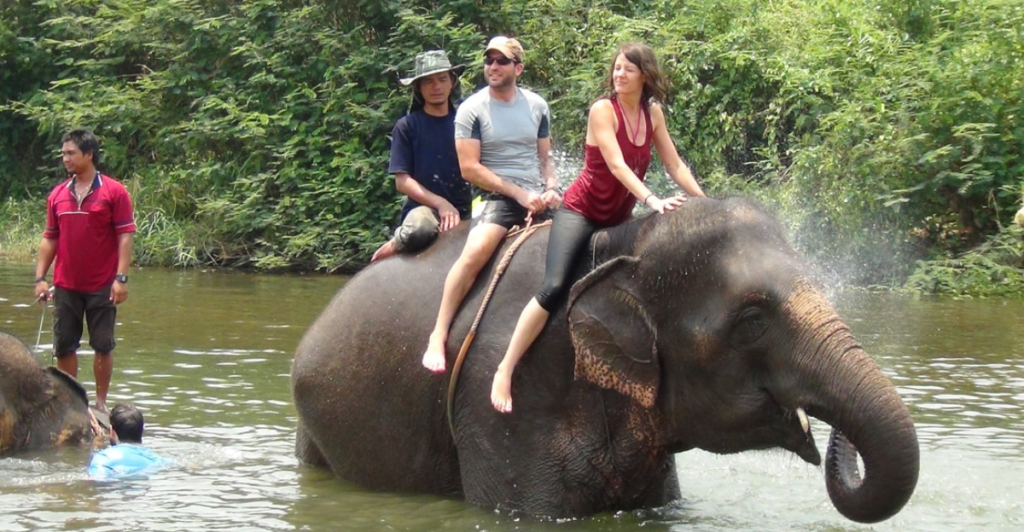
It’s easy to love wildlife, until your tourism money ends up funding its suffering. From elephant rides to exotic selfies, travelers are unknowingly bankrolling cruelty around the globe. Behind the Instagrammable moments are animals being beaten, drugged, starved, or stolen from the wild. Think you’d never support that? Let’s see. These are 10 ways tourists fuel wild animal exploitation—often without realizing it.
1. Riding Elephants Is Never Cute
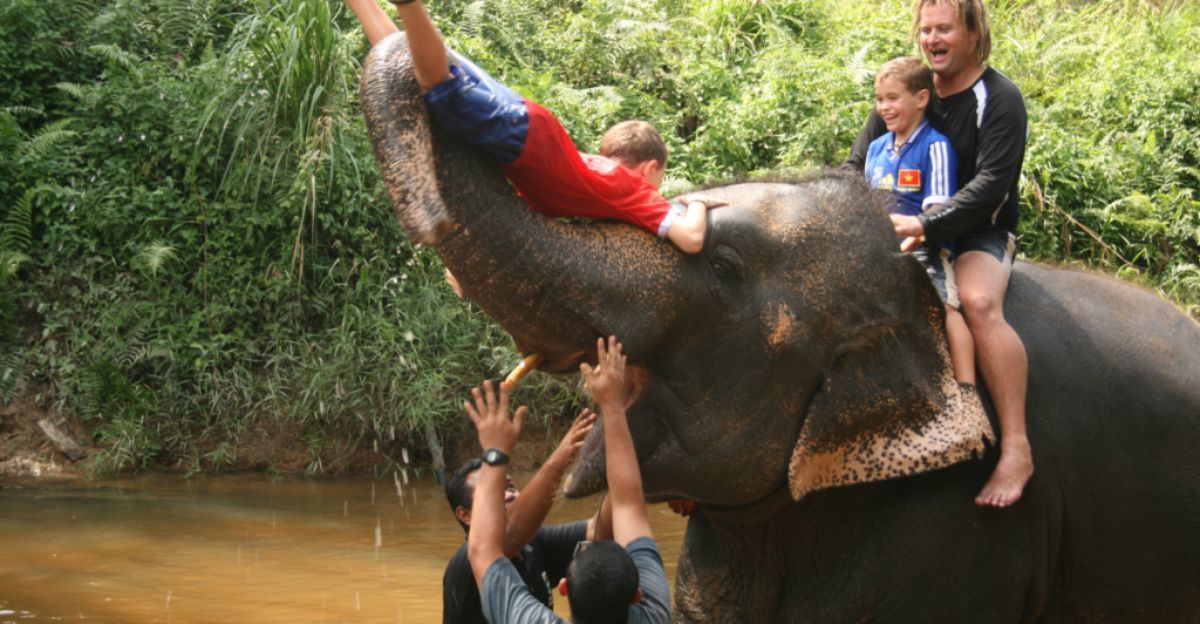
If your vacation includes riding an elephant, spoiler: you’re sitting on a lifetime of abuse. Elephants used for rides are beaten into submission through a violent process called “the crush.” They’re chained, deprived, and controlled with bullhooks. No ride is worth the trauma it takes to make them docile.
2. Dolphin Shows Are a Prison Performance
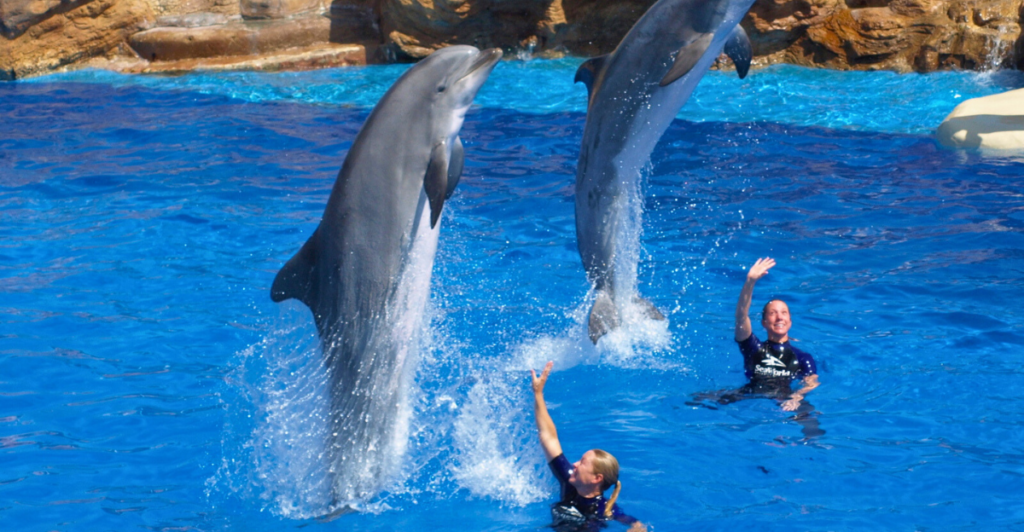
That dolphin you saw doing flips? It’s likely suffering. Dolphins in captivity live in tiny chlorinated tanks, deprived of their natural social pods. They’re trained using food deprivation and stress. Wild dolphins swim 100 miles a day—no theme park tank comes close. It’s exploitation dressed up as entertainment.
3. Selfies With Sedated Animals
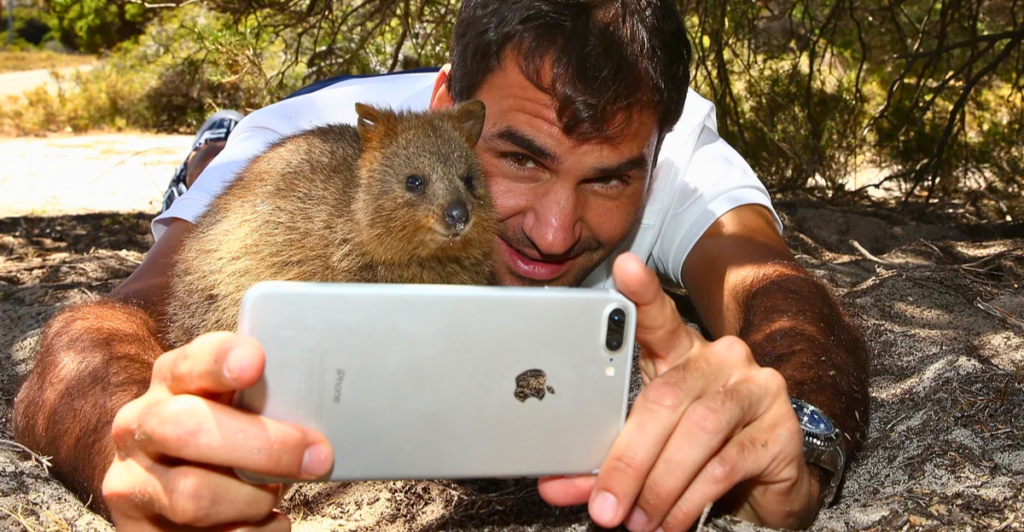
You spot a tiger cub or slow loris in a marketplace and snap a selfie. Cute? Not really. Many of these animals are drugged, declawed, or have their teeth removed to keep them calm for photos. Behind every “wild” selfie is an animal robbed of everything natural.
4. Tiger Temples Aren’t Sanctuaries
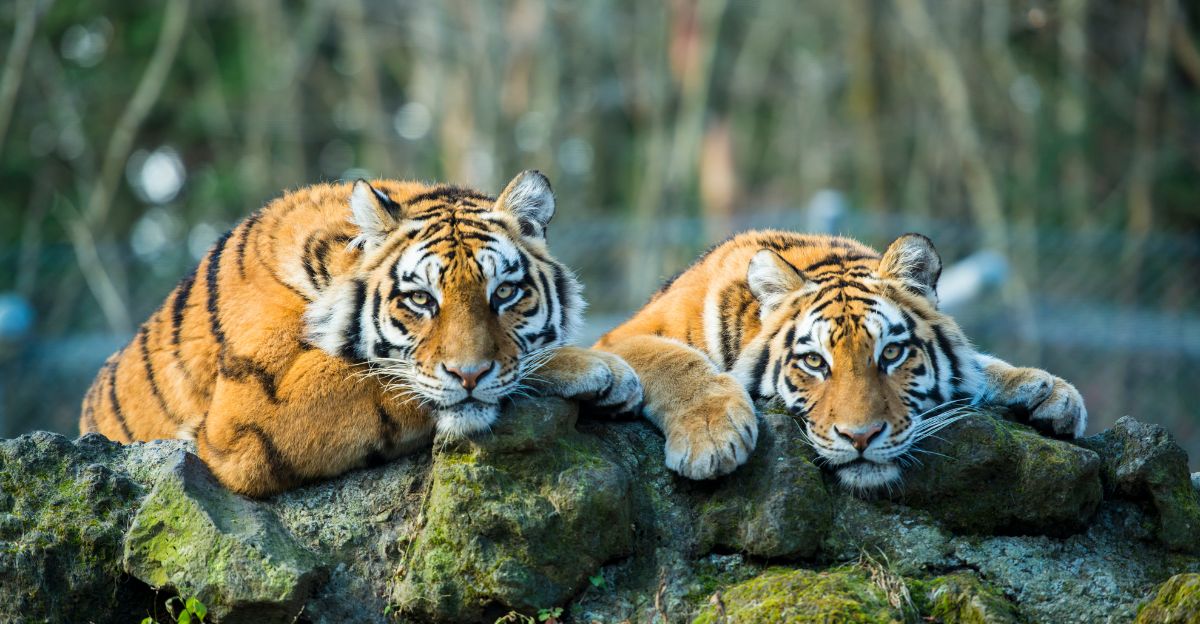
That “sanctuary” in Southeast Asia with docile tigers posing for pics? Red flag. These places often separate cubs from mothers, use chains, and operate breeding mills for profit. Tigers are kept in brutal conditions and paraded like props. Conservation? Nah. It’s just cruelty in monk robes.
5. Souvenirs That Cost a Life
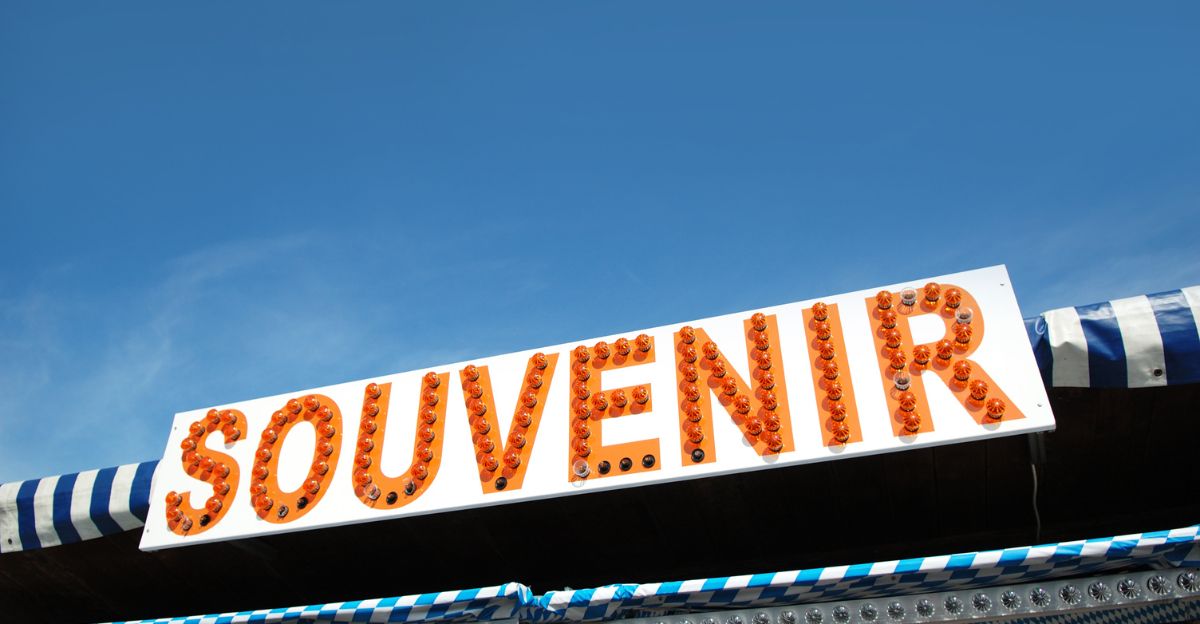
Think twice before buying trinkets made from ivory, seashells, or exotic leathers. That bracelet or belt may have come from an illegally poached animal. Every “unique” souvenir fuels black markets and contributes to species extinction. Buy the fridge magnet. Leave the shark tooth necklace where it belongs.
6. Exotic Eats, Deadly Impact

Shark fin soup, civet coffee, snake wine—some travel “delicacies” are just wildlife abuse in a bowl. Eating exotic animals can devastate ecosystems and spread zoonotic diseases. Many of these species are endangered or trafficked. Your tastebuds shouldn’t be an excuse to exploit vulnerable animals.
7. Circus Acts Are Built on Fear
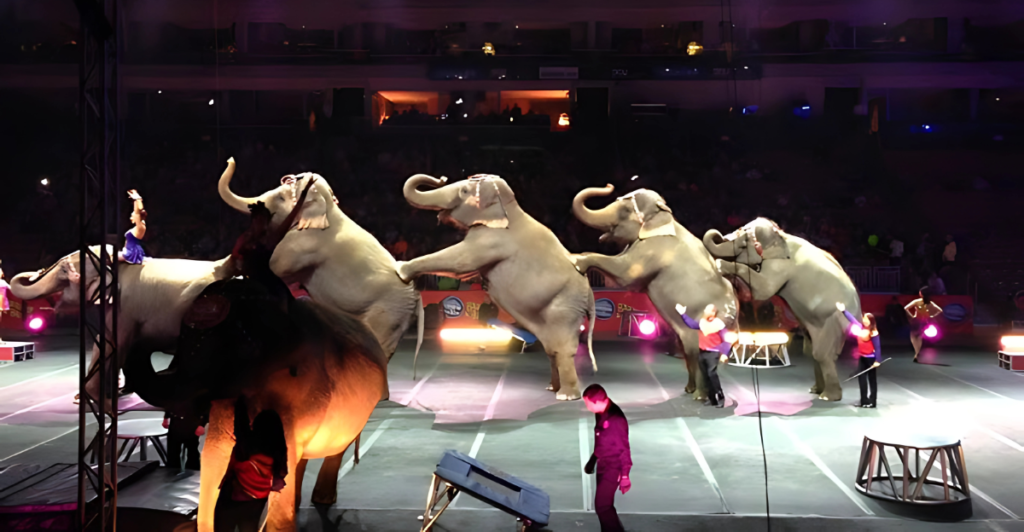
Whether it’s a bear riding a bicycle or a monkey in costume, animal circus acts are a big red flag. These animals are trained through fear, not fun. Think electric prods, whips, and solitary confinement. The tricks look “cute,” but the process is anything but.
8. Trophy Pics From Canned Hunts
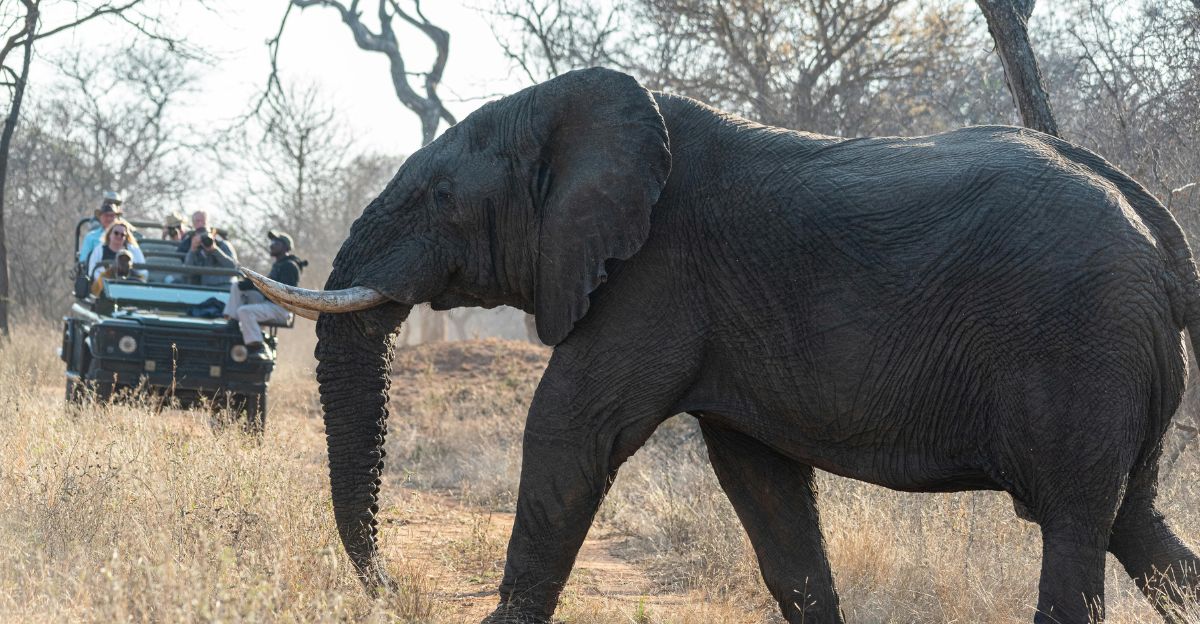
In canned hunting, tourists pay to shoot animals in fenced enclosures: no chase, no sport, no ethics. Lions are often bred in captivity just to be killed. These “hunts” are staged, cowardly, and devastating to actual conservation efforts. Don’t confuse ego trips with real wildlife experiences.
9. Feeding the Wild? Bad Idea
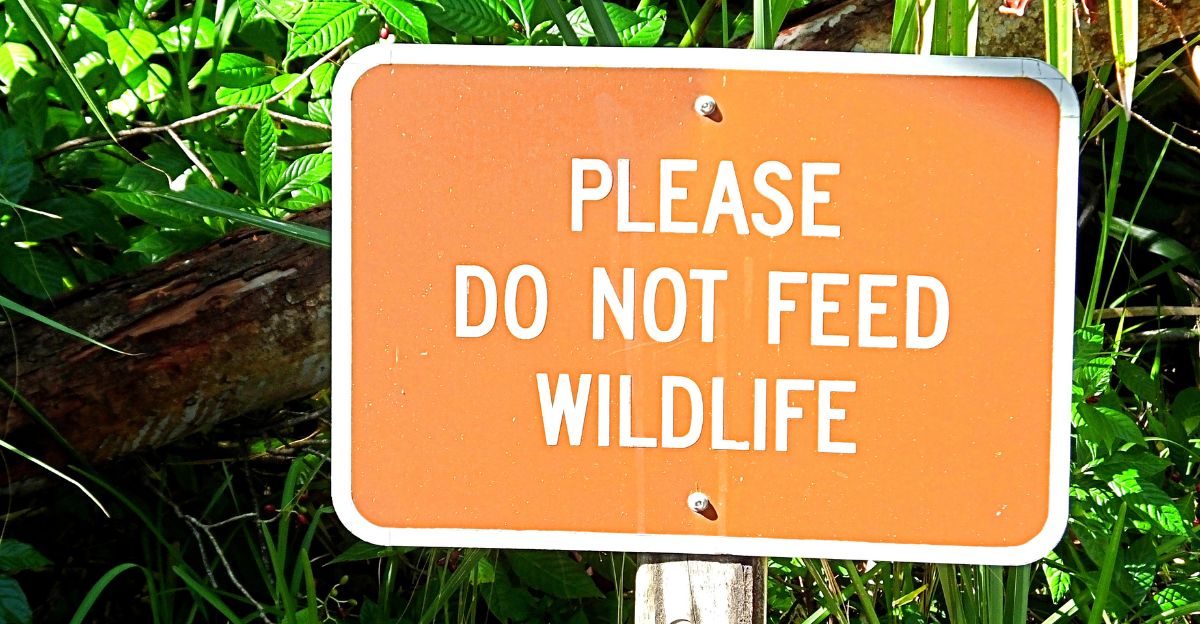
Feeding wild animals might feel harmless, but it teaches them to rely on humans, altering their natural behavior. It can lead to aggressive encounters, spread disease, and even result in animals being killed as threats. Love wildlife? Observe, don’t interfere. Nature’s not a petting zoo.
Travel Better, Not Crueller
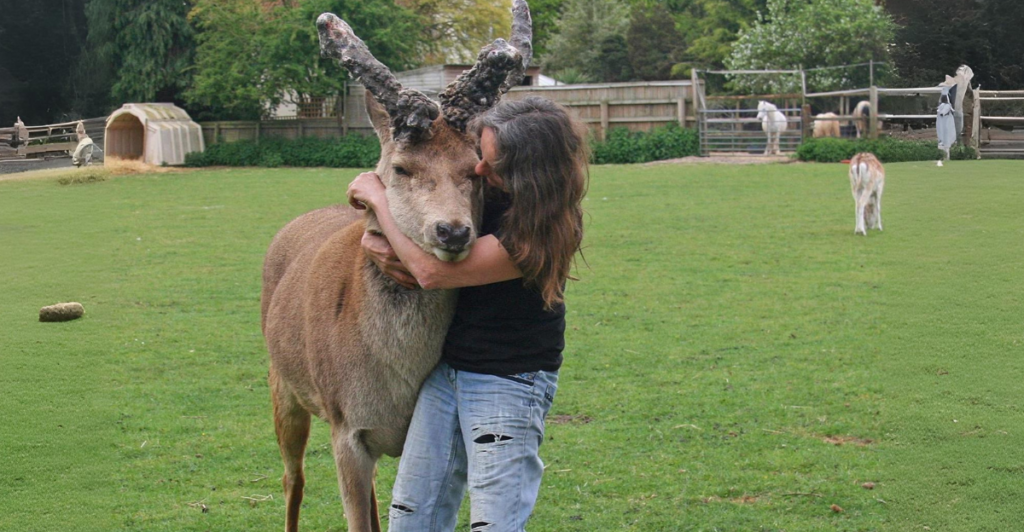
Travel can empower or exploit. Every dollar you spend is a vote for kindness or cruelty. Ditch the elephant rides, say no to the selfies, and choose ethical sanctuaries over circus acts. You don’t have to stop loving animals—just stop loving them to death. Responsible tourism starts with awareness.
Explore more of our trending stories and hit Follow to keep them coming to your feed!

Don’t miss out on more stories like this! Hit the Follow button at the top of this article to stay updated with the latest news. Share your thoughts in the comments—we’d love to hear from you!







